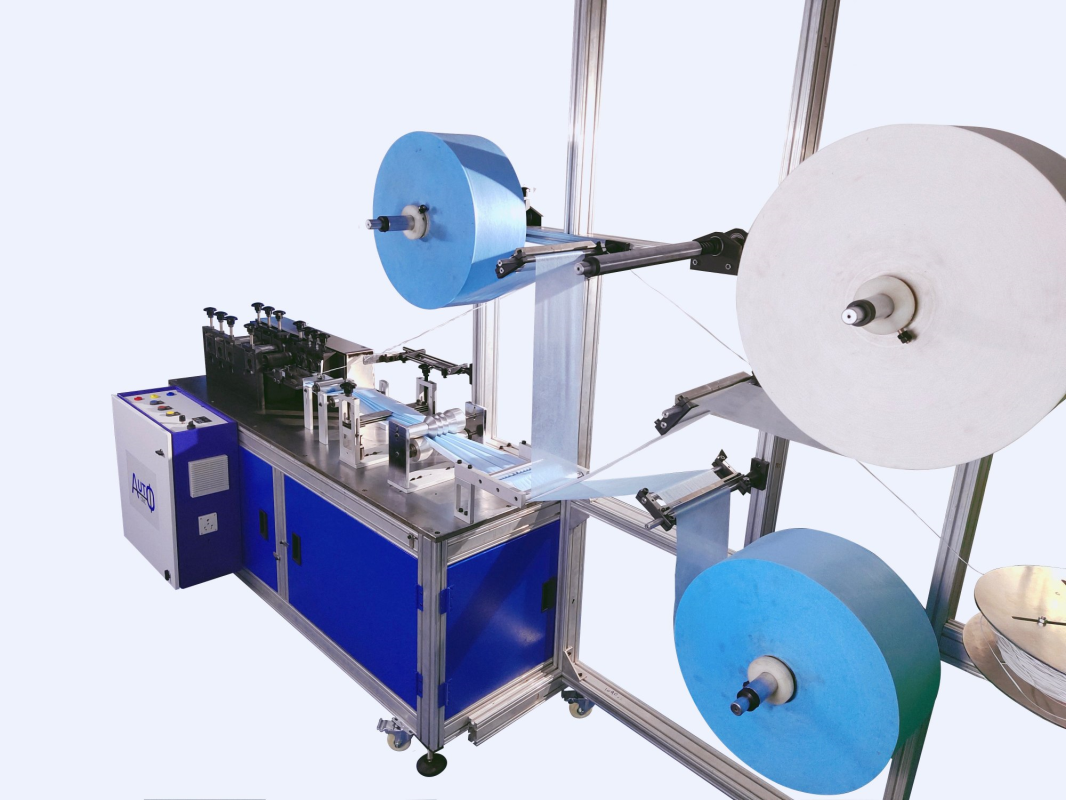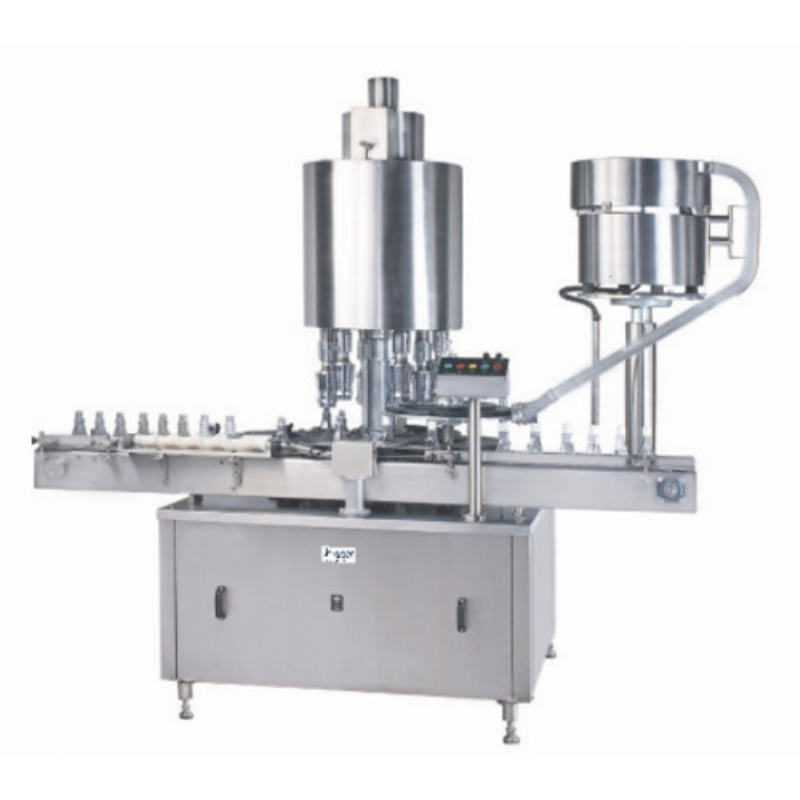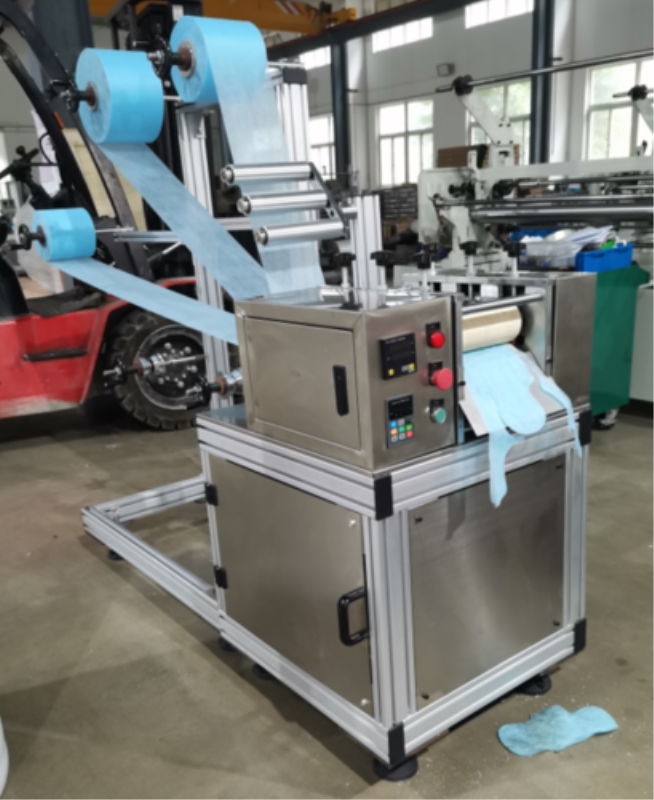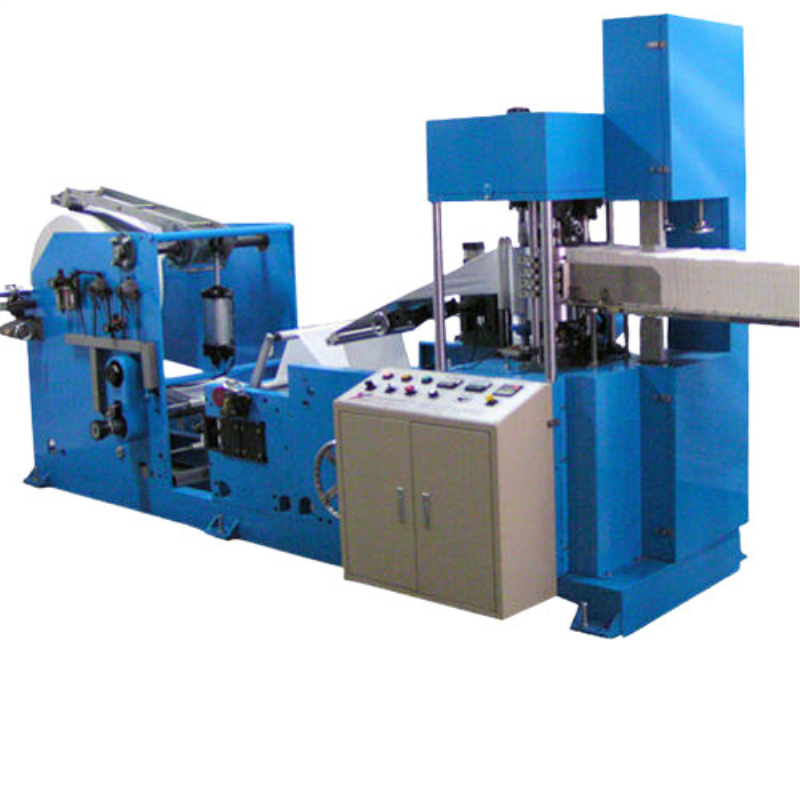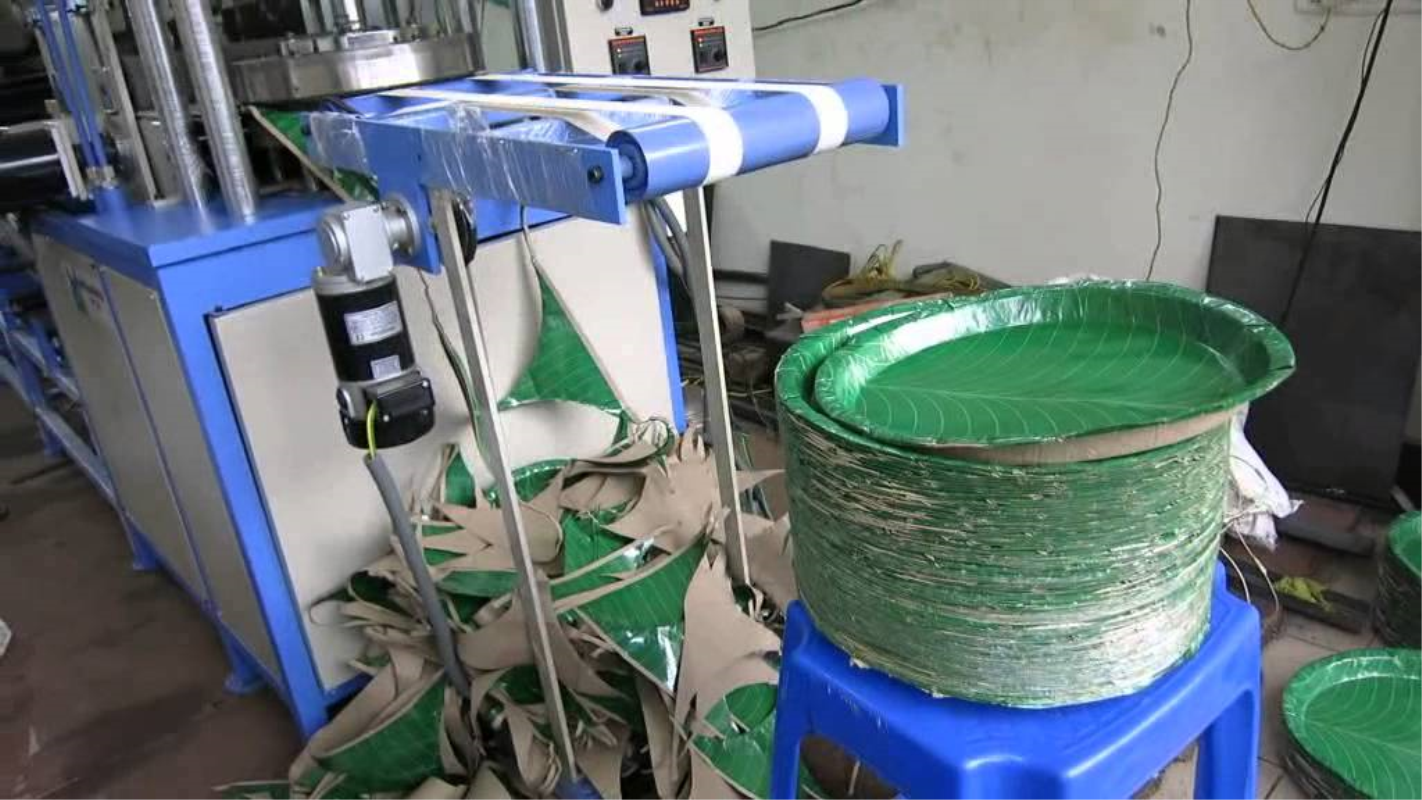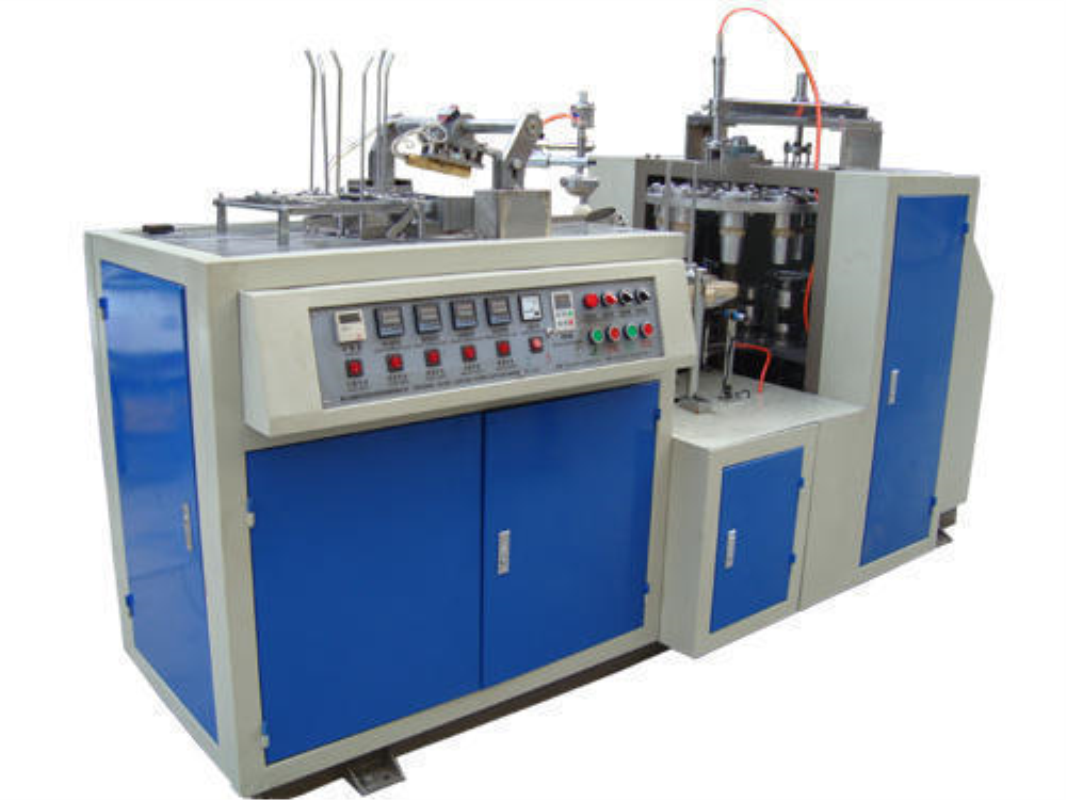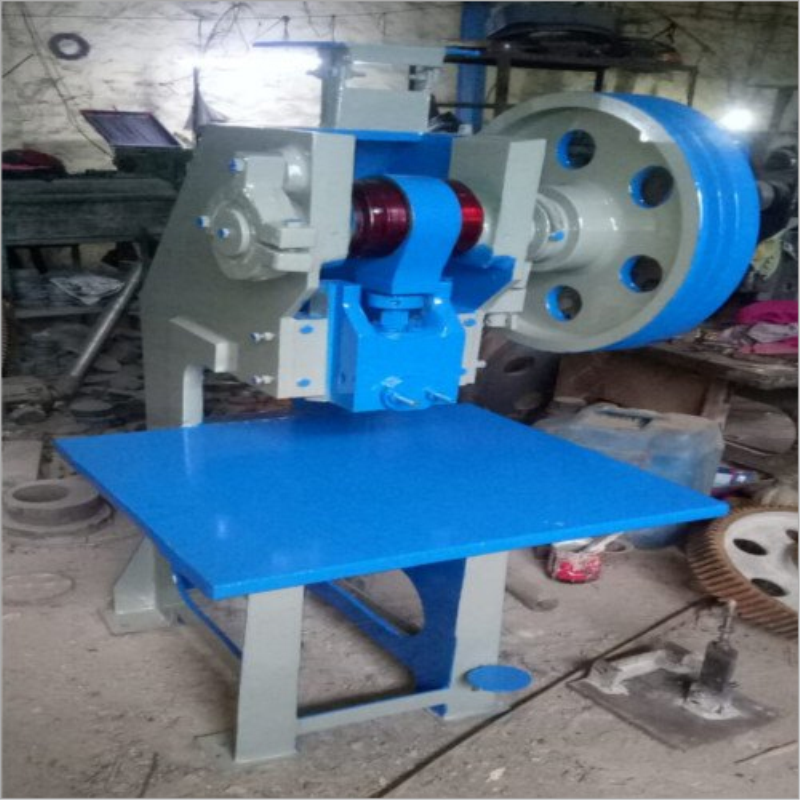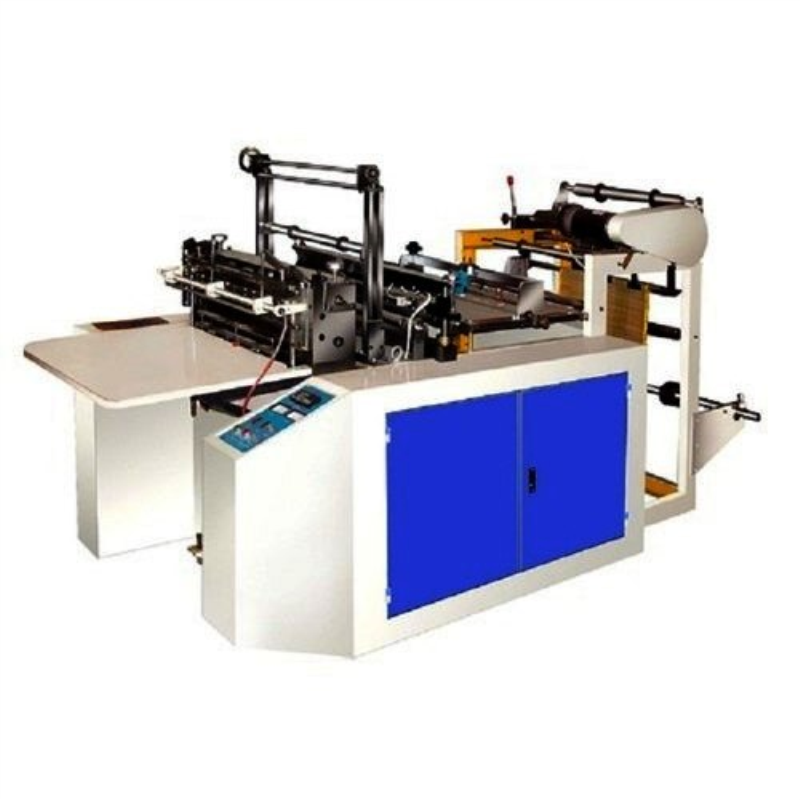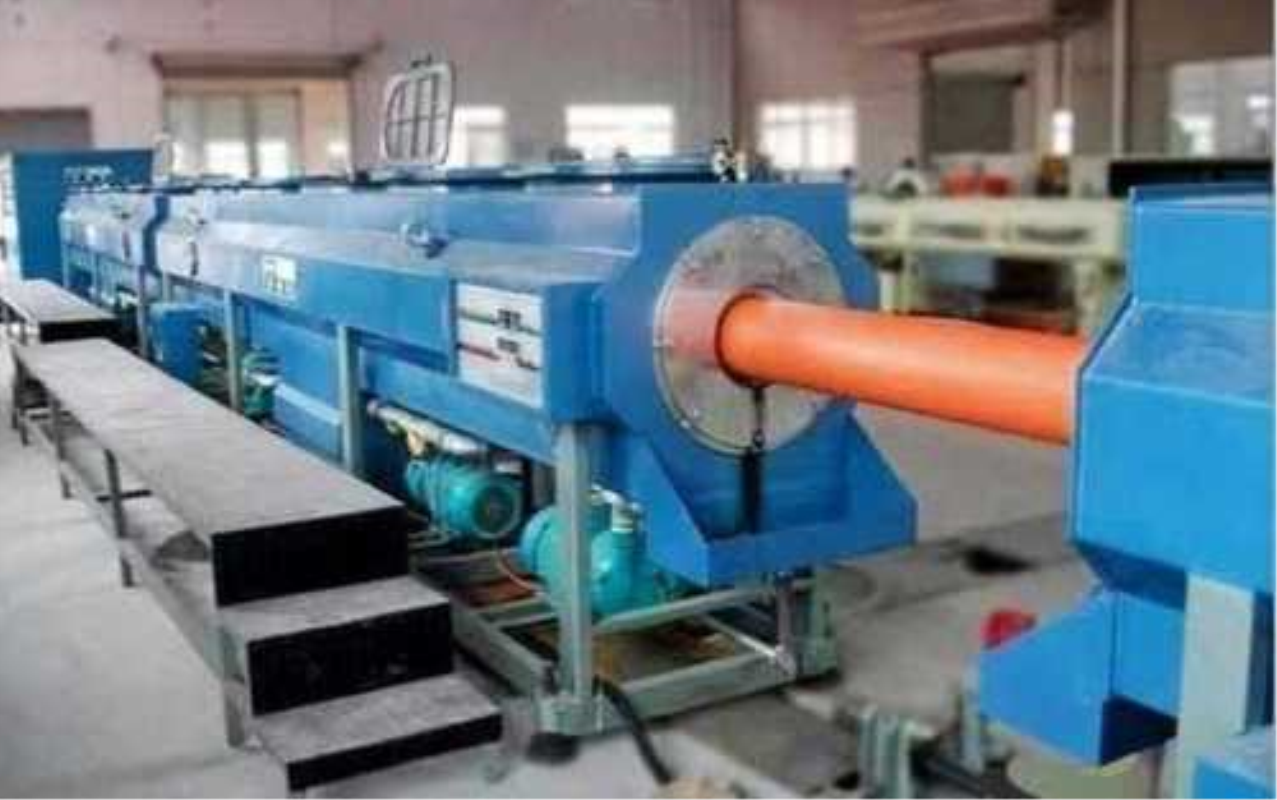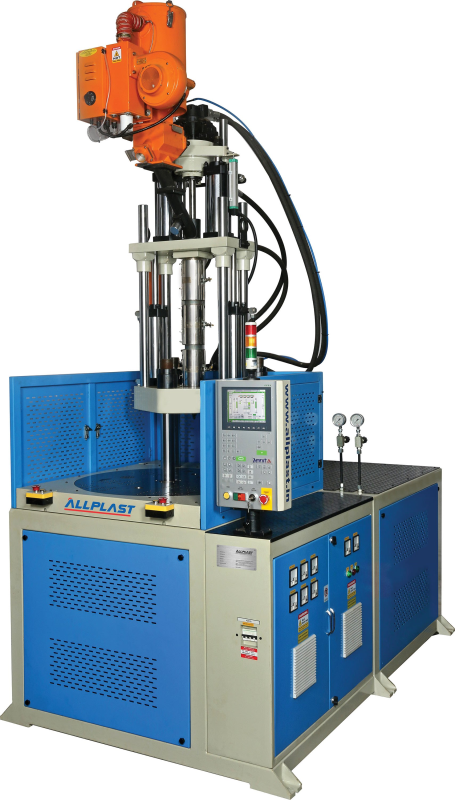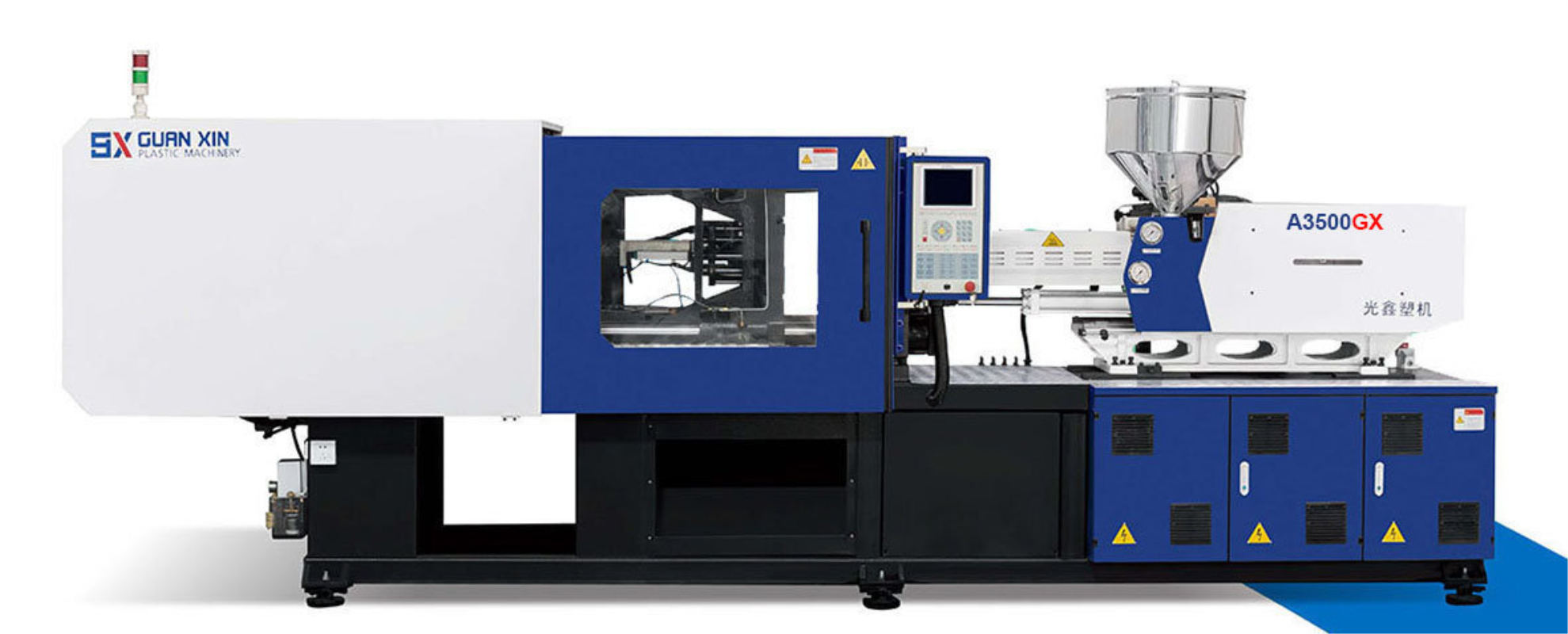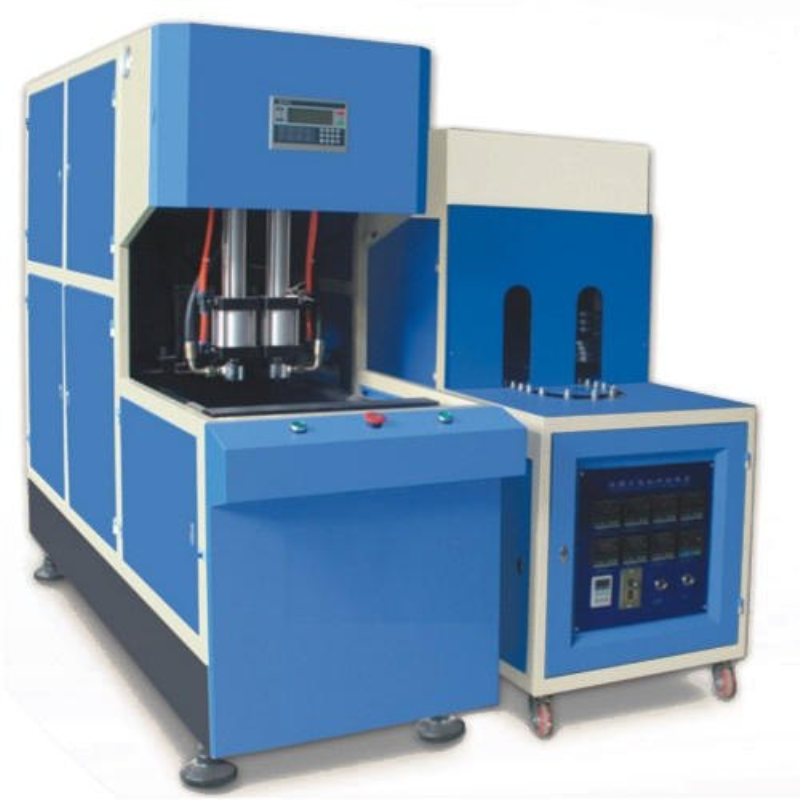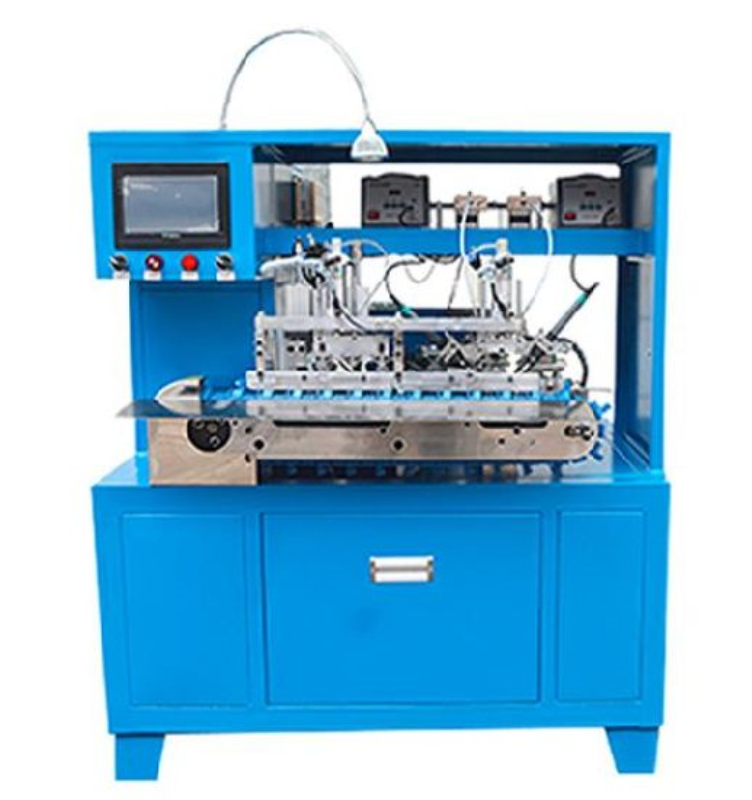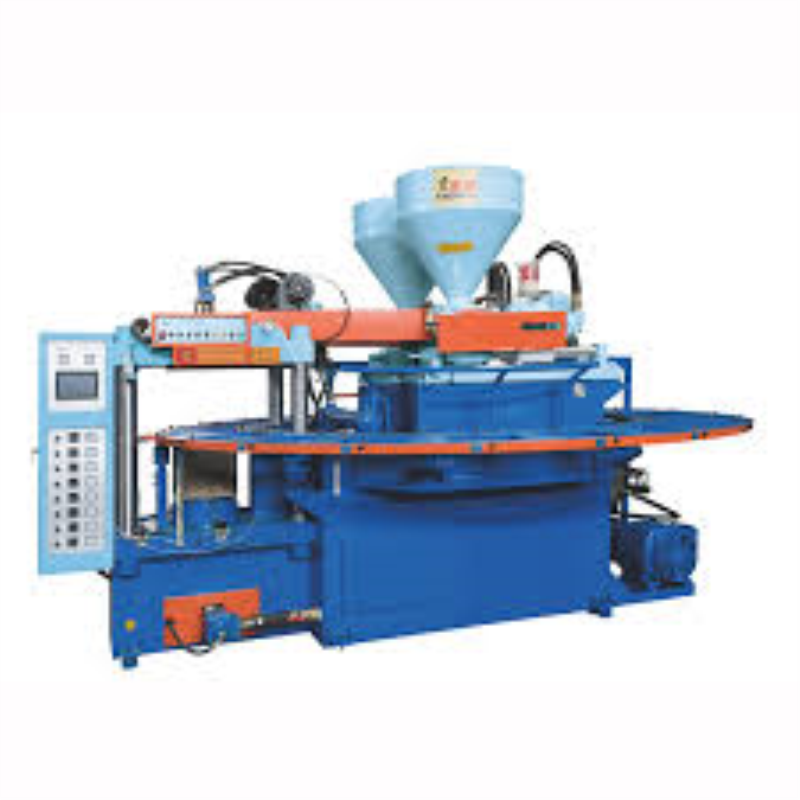Mask Making Machine – Efficient Solutions for High-Quality Mask Production
A mask making machine, also known as a face mask manufacturing machine or mask production machine, is a specialized piece of equipment used for the automated production of various types of face masks. These machines have gained significant importance, especially during times of public health emergencies like the COVID-19 pandemic, as they enable the efficient and consistent production of masks for personal and medical use.
Here's a more detailed overview of the components and operation of a mask making machine.
Components of a Mask Making Machine
- Raw Material Feed:The machine takes in the raw materials needed for making masks, including non-woven fabric layers, elastic bands, and nose wires.
- Cutting and Forming: The machine cuts the non-woven fabric into the appropriate sizes for the mask layers and forms the layers into the mask shape.
- Ear Loop or Headband Attachment: The machine attaches elastic bands or headbands to the mask to secure it in place over the wearer's face.
- Nose Wire Insertion: The machine inserts a flexible nose wire into the mask to provide a better fit and seal around the nose.
- Ultrasonic Sealing: Ultrasonic welding is often used to securely seal the edges of the mask layers and attach components like the nose wire and elastic bands.
- Quality Control and Inspection: Some machines incorporate sensors and systems to inspect the masks for defects or irregularities before packaging.
- Packaging: The finished masks are packaged for distribution, often with protective materials to maintain hygiene and prevent damage.
Operation
- Raw Material Loading: The raw materials, including non-woven fabric, elastic bands, and nose wires, are loaded into the machine.
- Cutting and Forming: The machine cuts the non-woven fabric into mask layers of the required size and forms them into the mask shape.
- Elastic Band Attachment: Elastic bands or headbands are attached to the mask to secure it around the wearer's ears or head.
- Nose Wire Insertion: A flexible nose wire is inserted into the mask to improve fit around the nose.
- Ultrasonic Sealing: Ultrasonic welding is used to seal the edges of the mask layers and attach components.
- Quality Control: Sensors and systems inspect the masks for defects or irregularities before packaging.
- Packaging: The finished masks are packaged for distribution.
Key Considerations
- Mask Type: Different machines are designed for producing various types of masks, including surgical masks, N95 respirators, and cloth masks.
- Layer Construction: The number of layers and their materials influence the mask's filtration efficiency and comfort.
- Elastic or Headband Attachment: Masks can have ear loops or headbands to secure them on the wearer's face.
- Nose Wire: A nose wire improves the mask's fit and seal around the nose.
- Filtration Efficiency: For medical masks, the filtration efficiency is crucial for preventing the spread of pathogens.
- Quality Control: Ensuring consistent quality is essential for producing effective and reliable masks.
Mask making machines have been instrumental in addressing public health concerns and providing essential protective equipment during health crises. They contribute to the production of masks that help reduce the transmission of infectious diseases and promote public safety.

